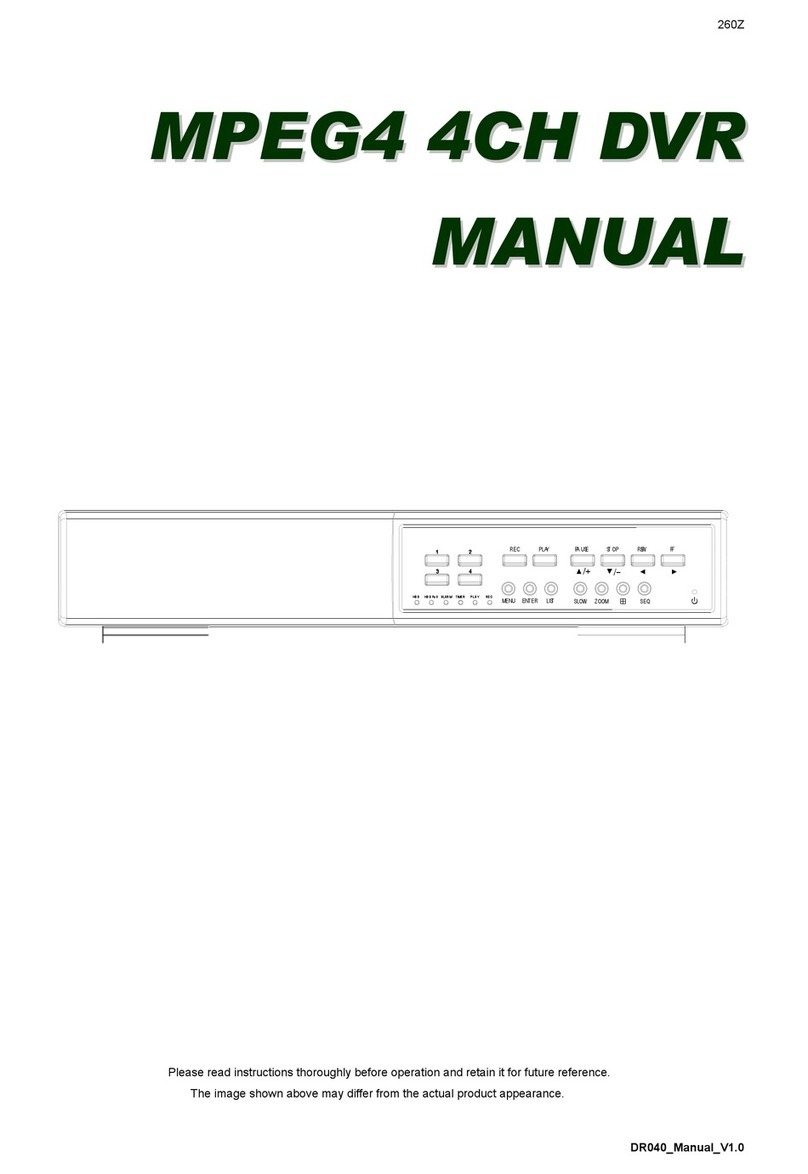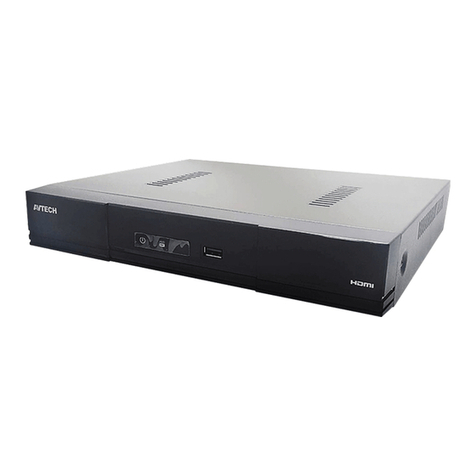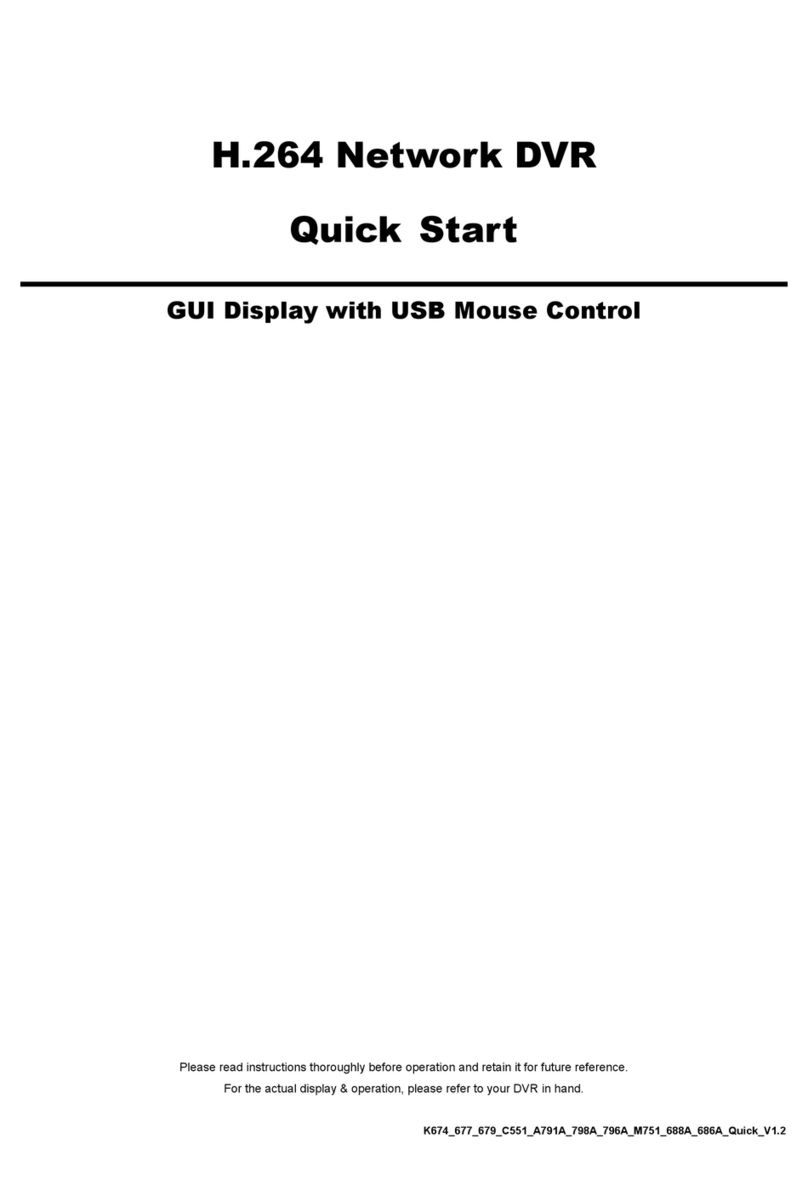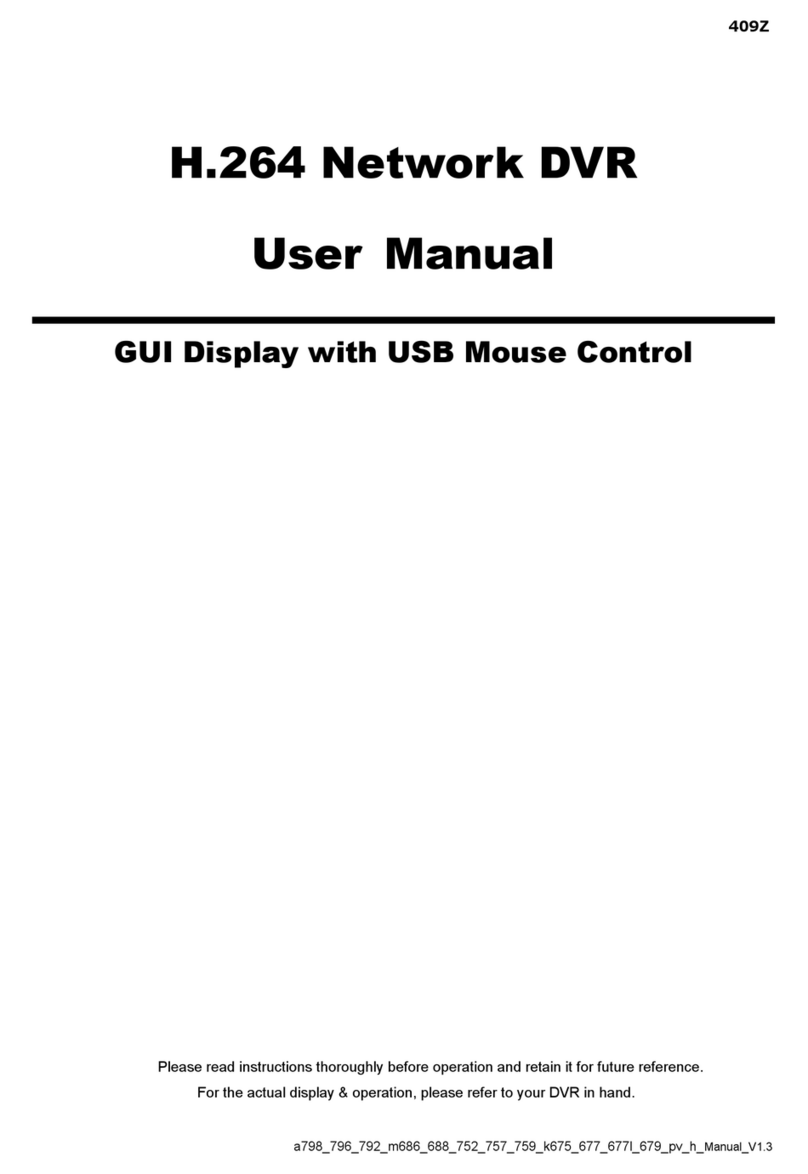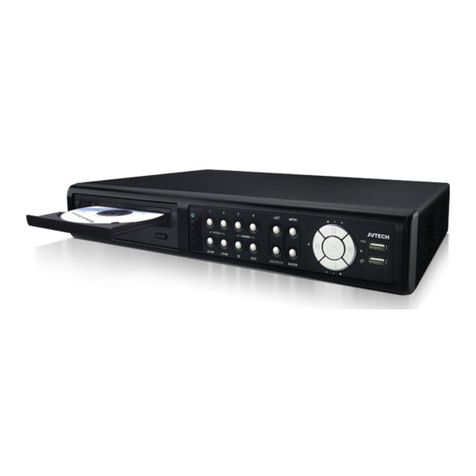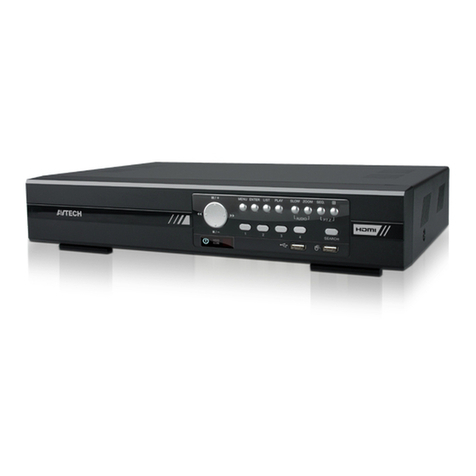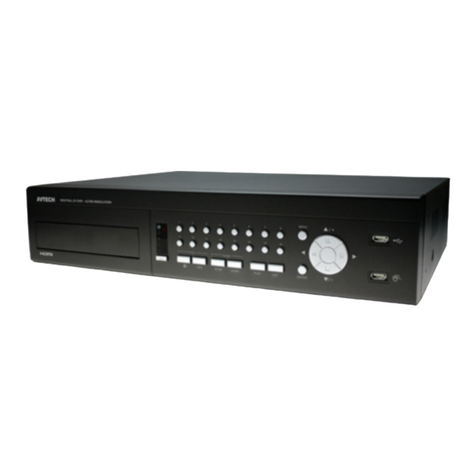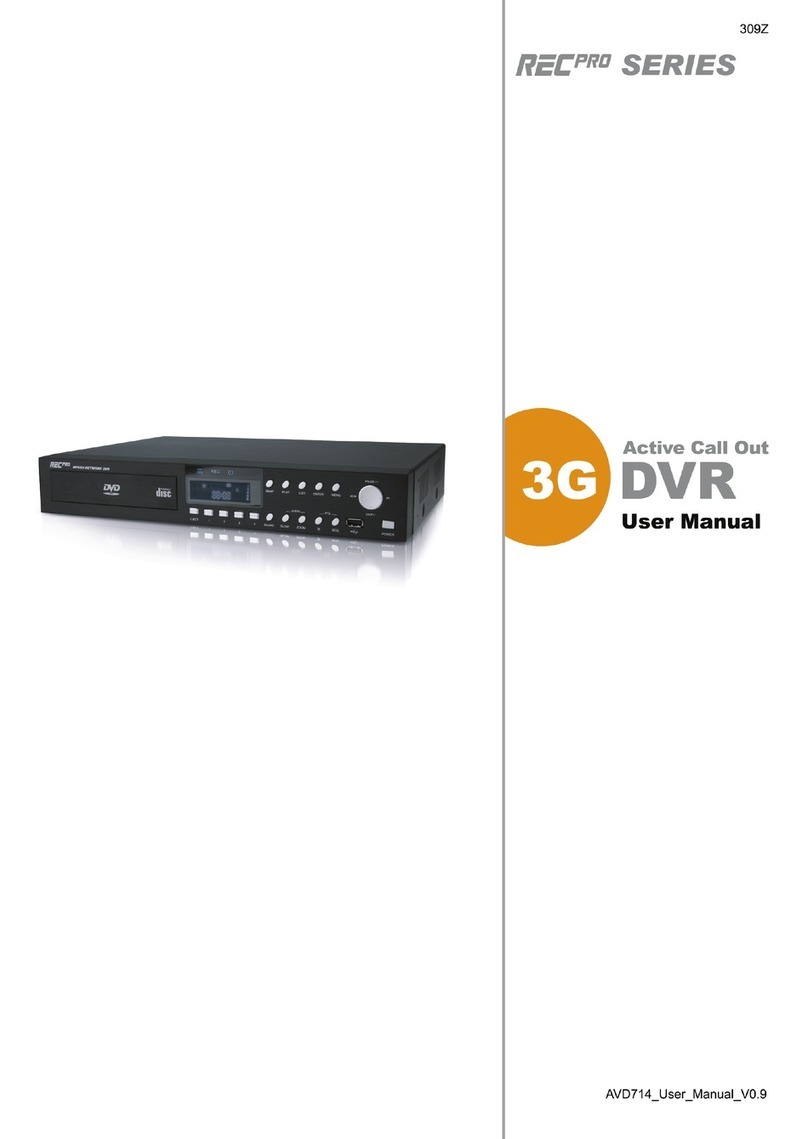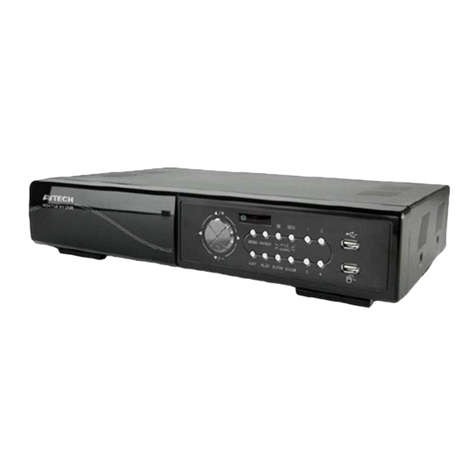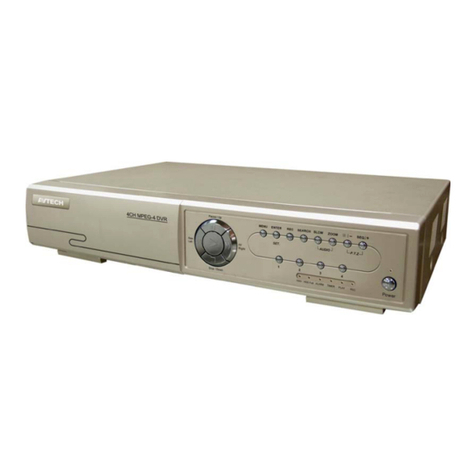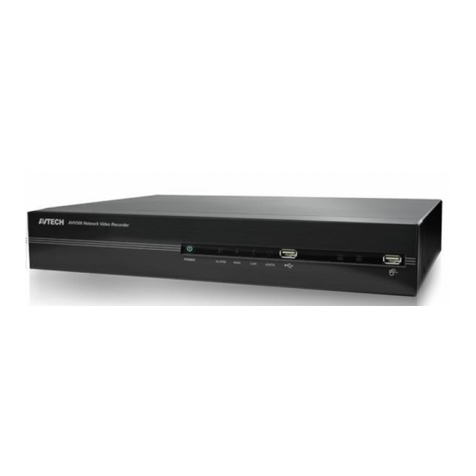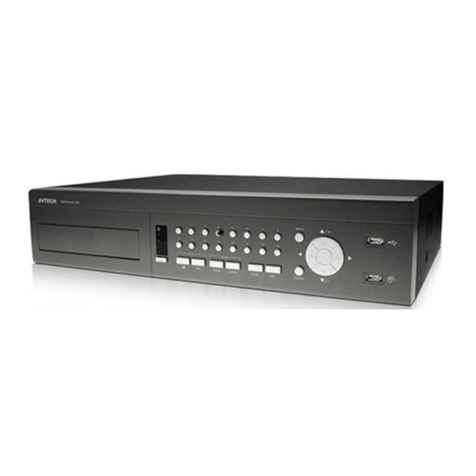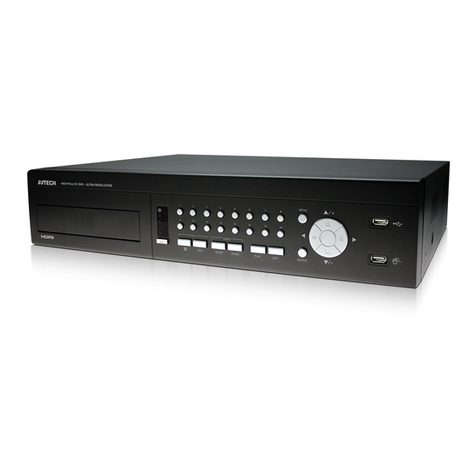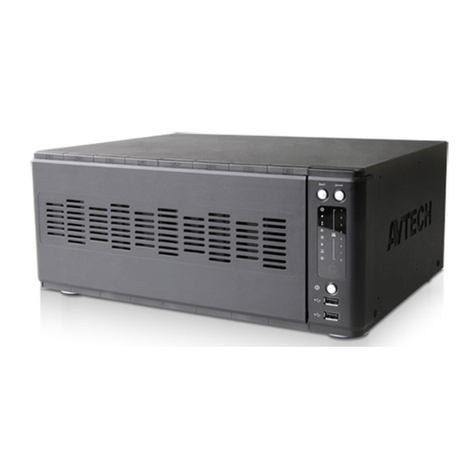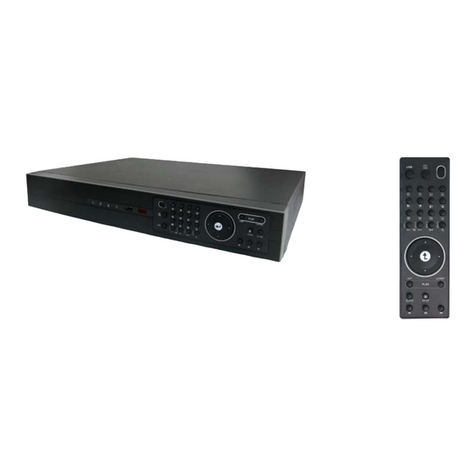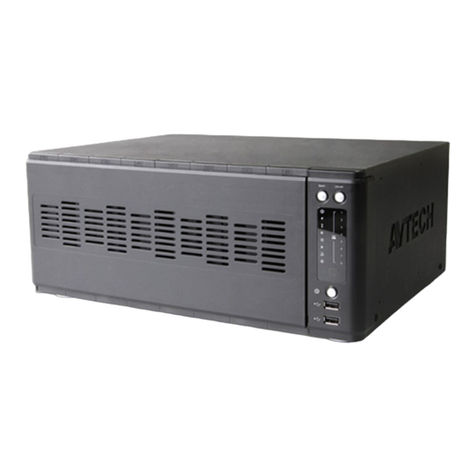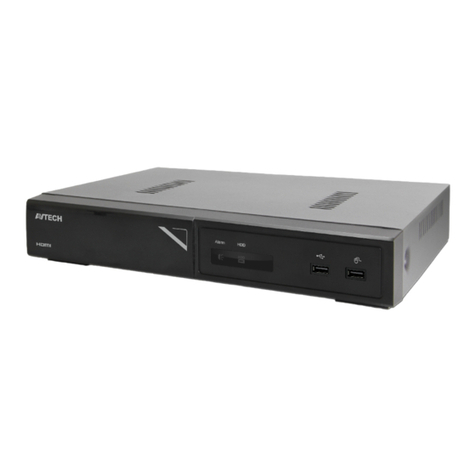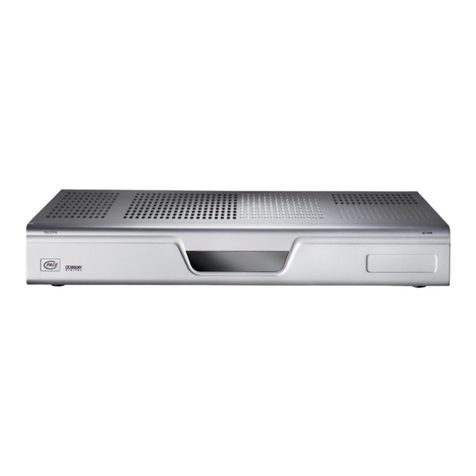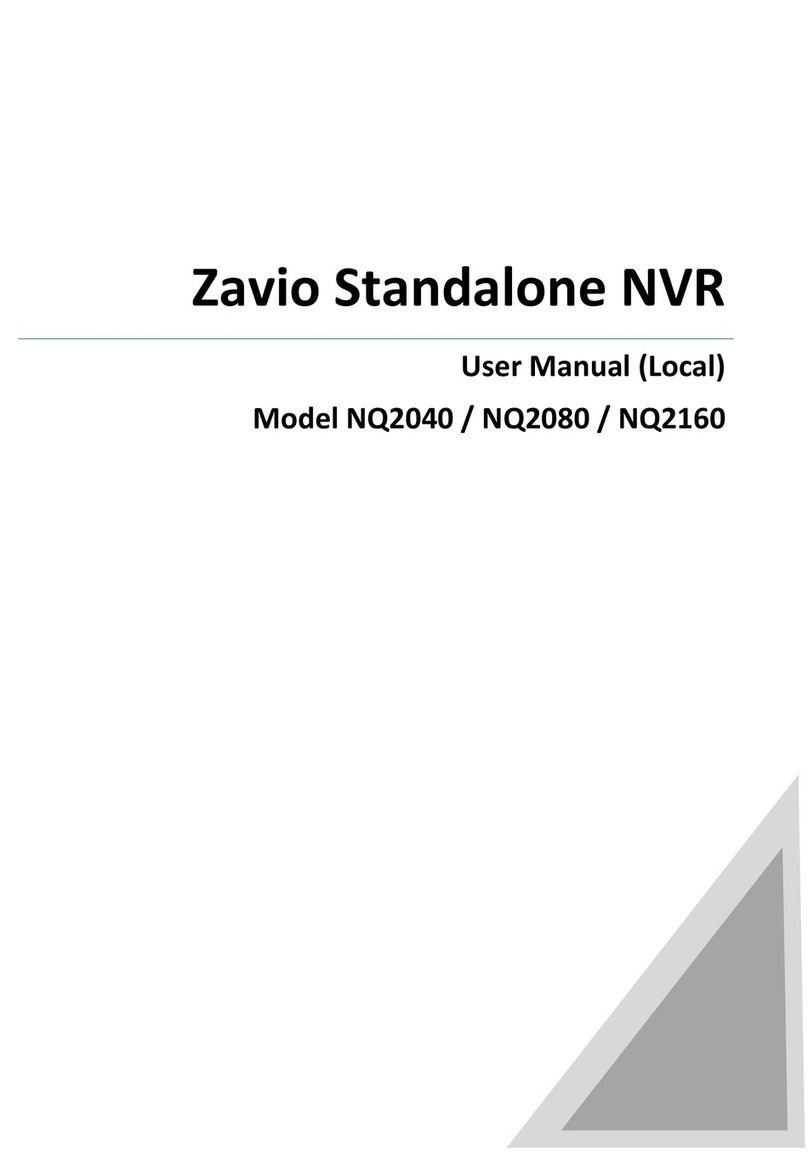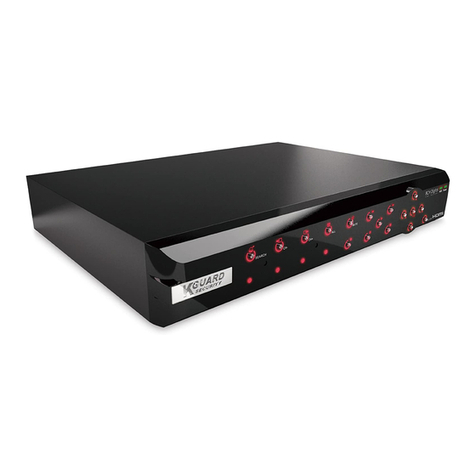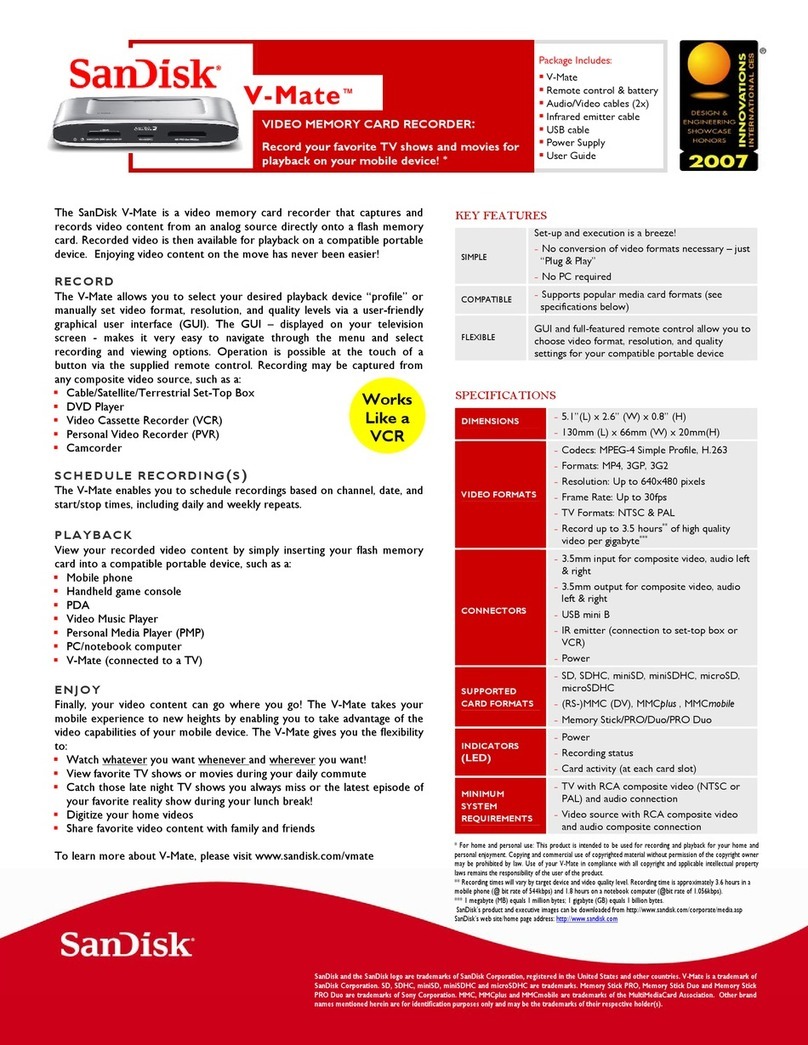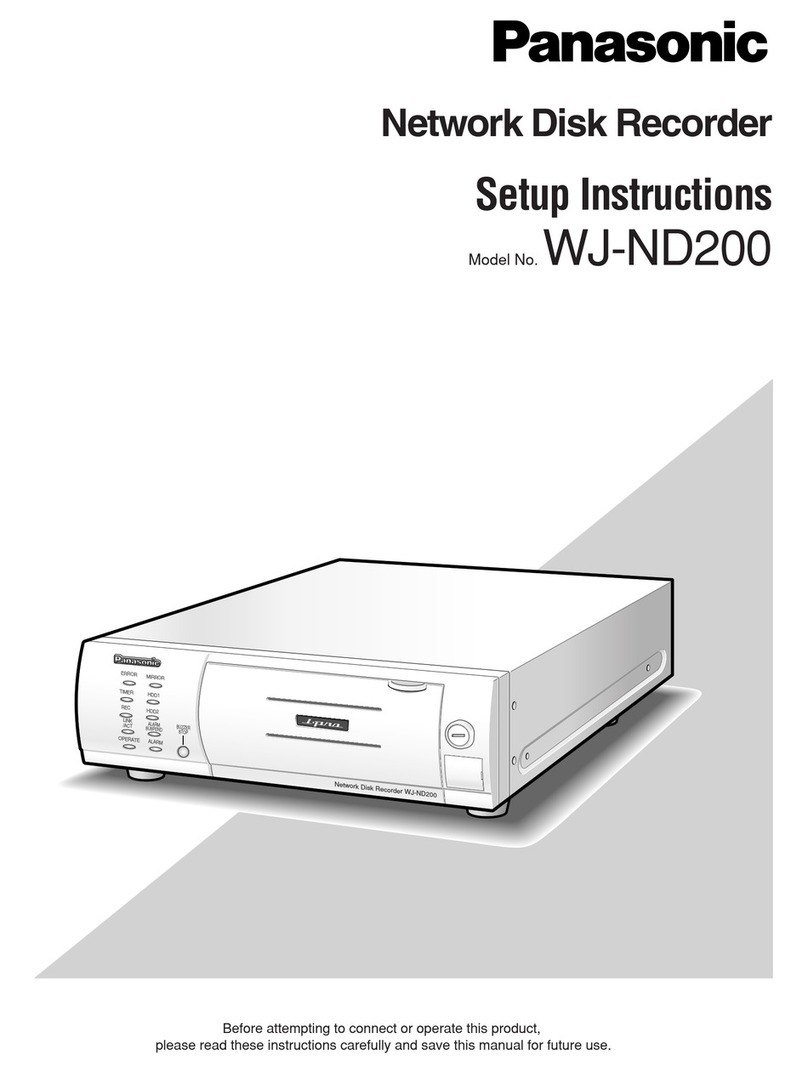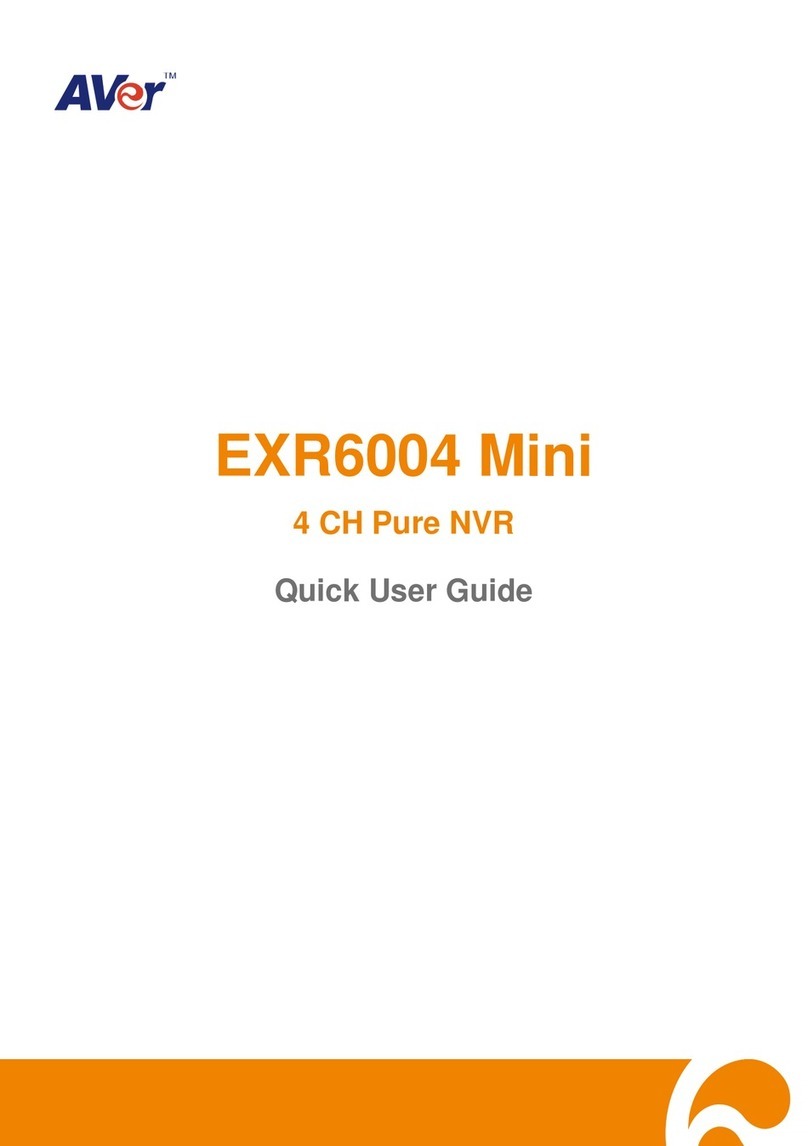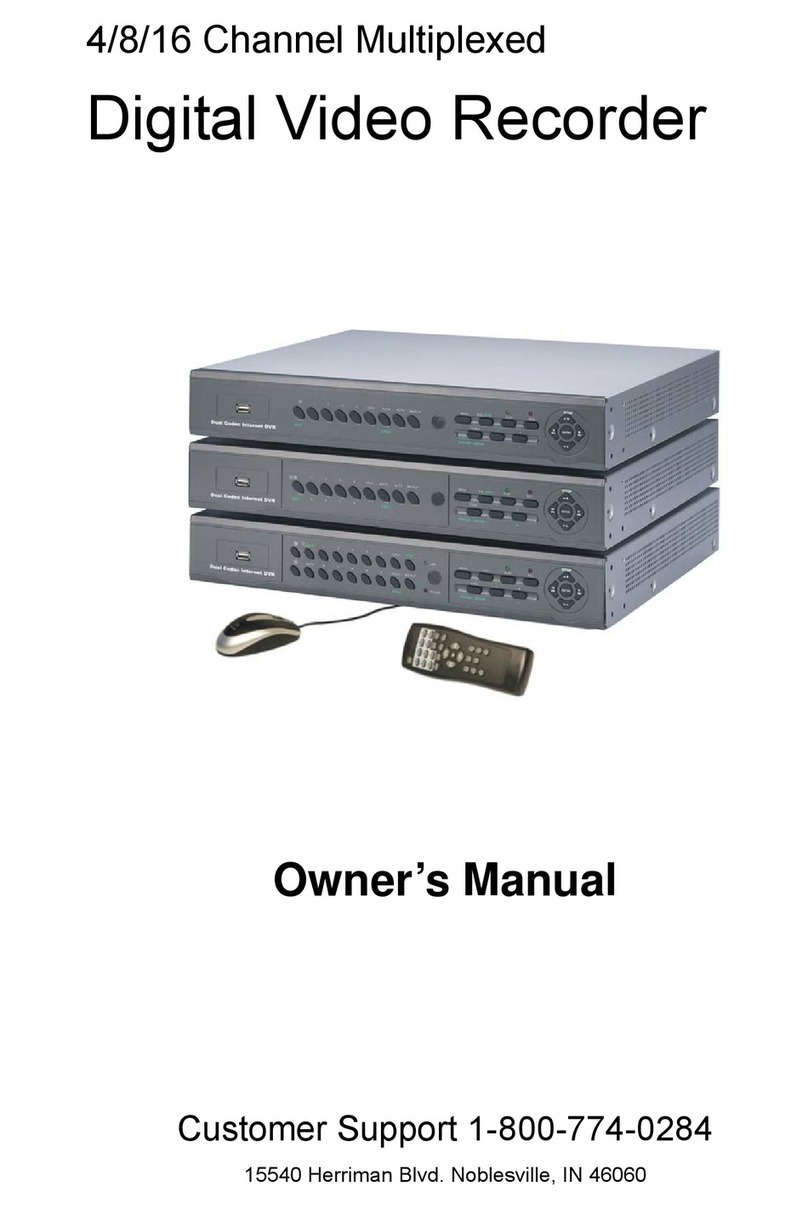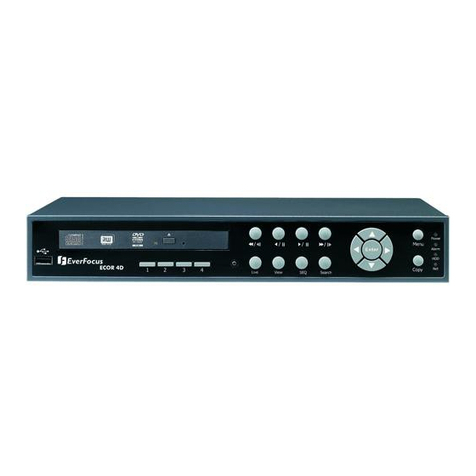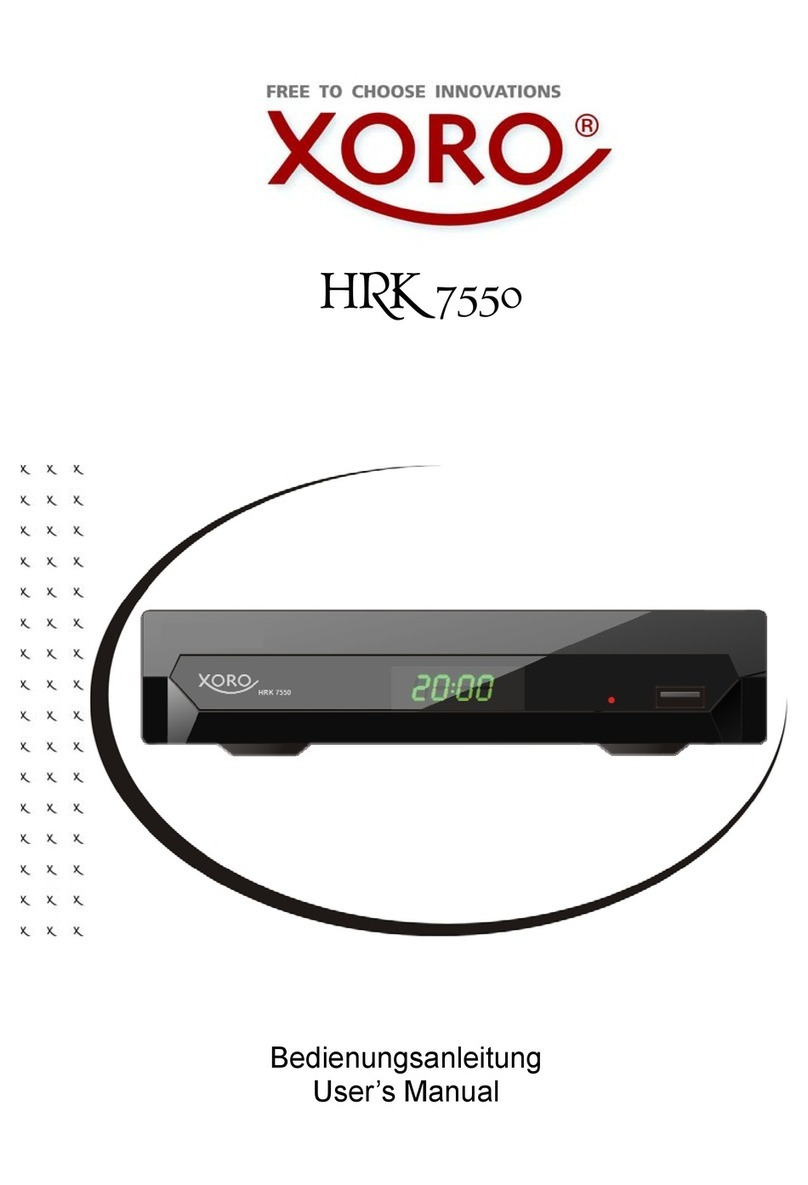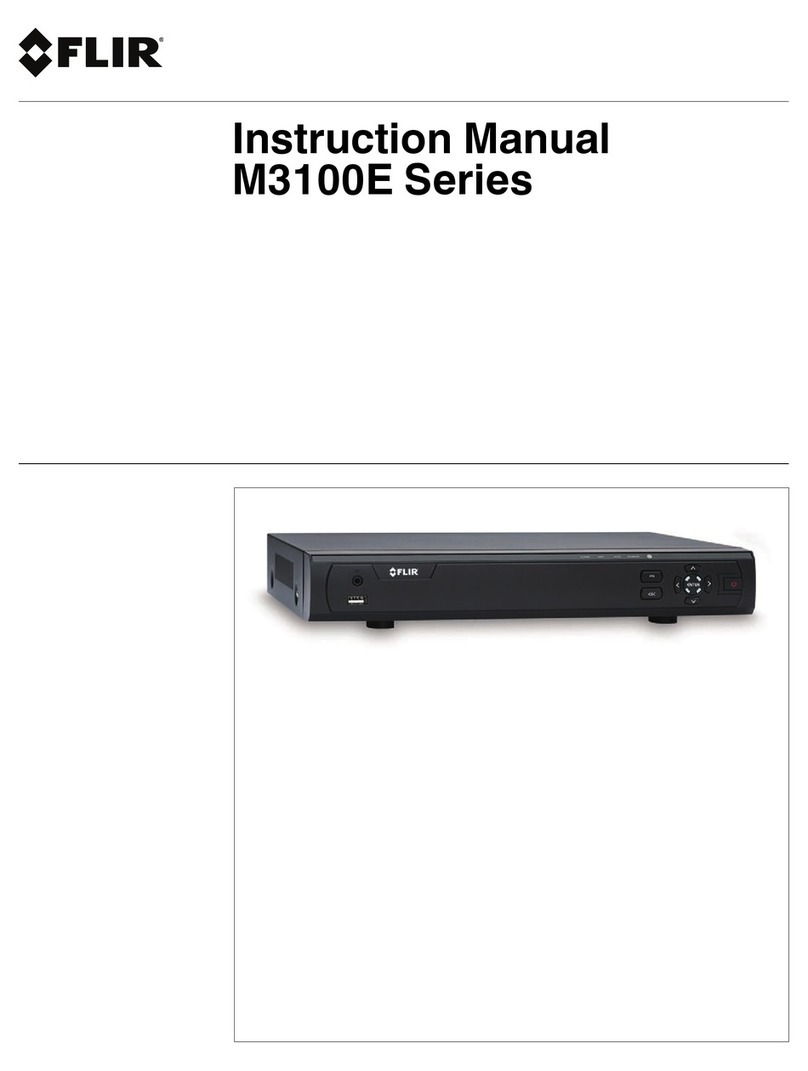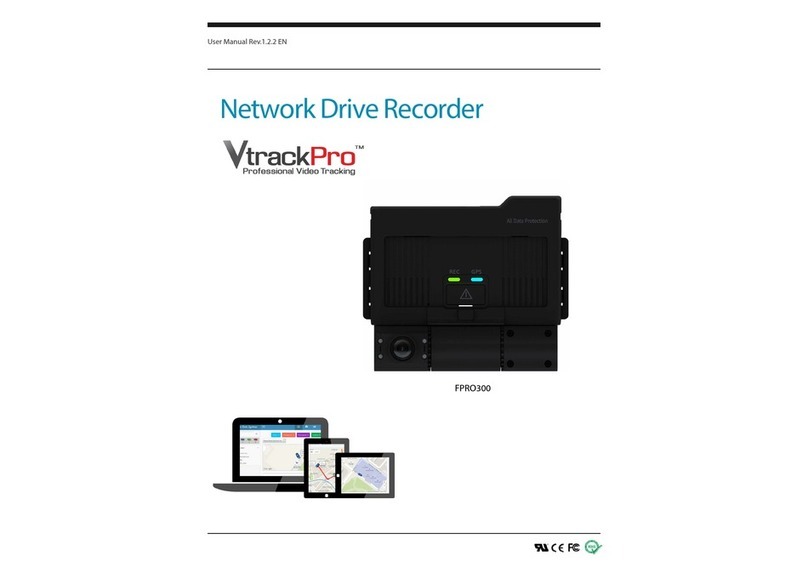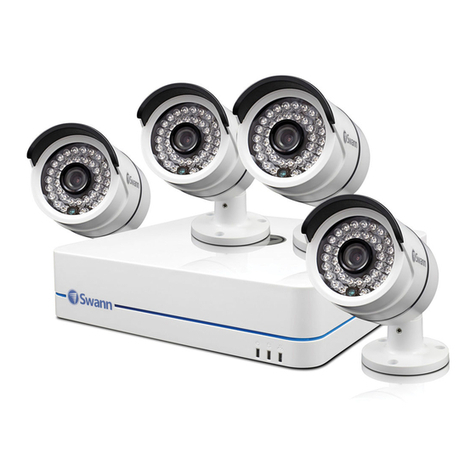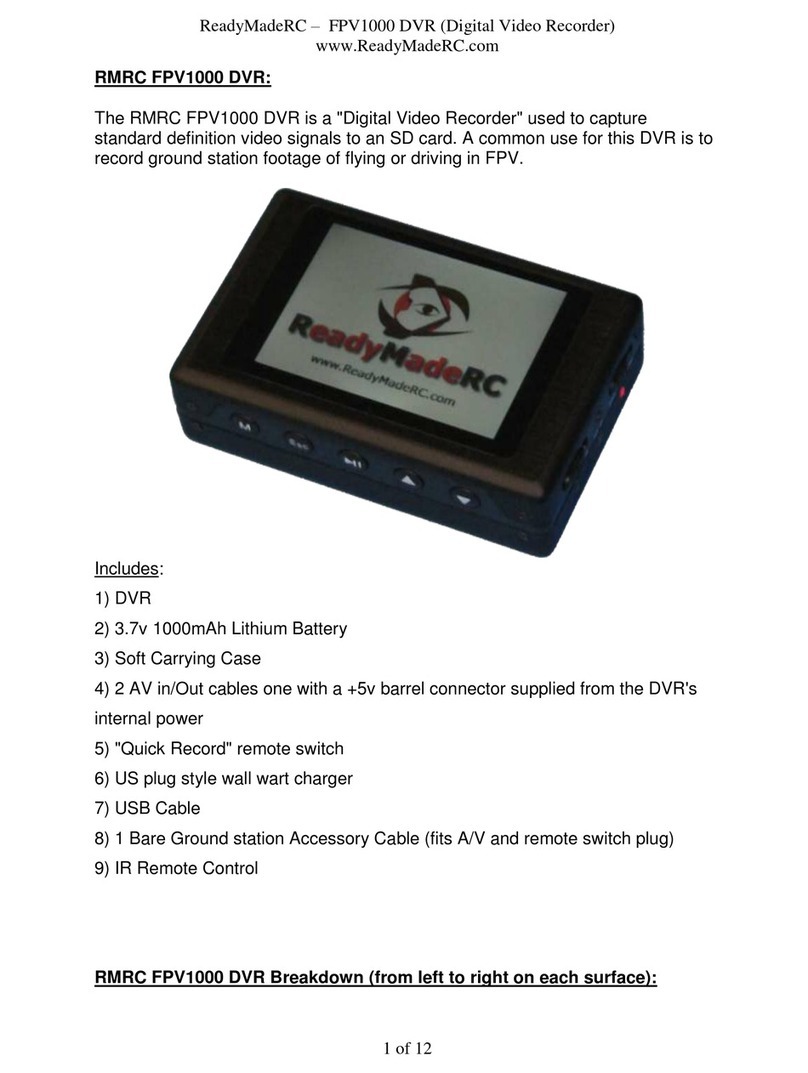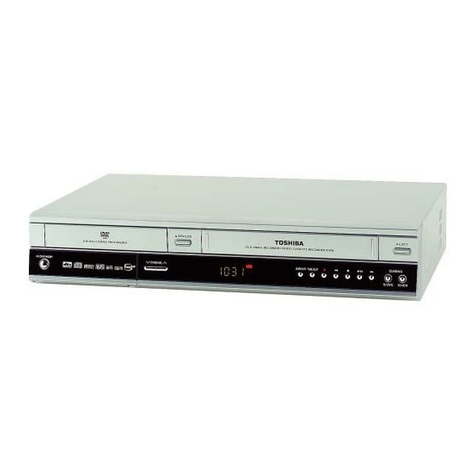TABLE OF CONTENTS
1. SPECIAL NOTES .....................................................................................................................................................................................................1
2. FRONTAND REAR PANEL......................................................................................................................................................................................2
2.1. Front Panel.....................................................................................................................................................................................................2
2.2. Rear Panel......................................................................................................................................................................................................3
3. CONNECTION AND SETUP....................................................................................................................................................................................4
3.1. HDD Installation..............................................................................................................................................................................................4
3.2. Camera Connection........................................................................................................................................................................................5
3.3. Optional Peripheral Connection (Selected models only)................................................................................................................................5
3.4. Power Setup...................................................................................................................................................................................................5
3.5. Date and Time Setting....................................................................................................................................................................................5
3.6. Password Setting............................................................................................................................................................................................5
3.7. Record Setting................................................................................................................................................................................................6
4. BASIC OPERATION.................................................................................................................................................................................................7
4.1 Live Page.........................................................................................................................................................................................................7
4.2. Recording .......................................................................................................................................................................................................7
4.3. Playback.........................................................................................................................................................................................................8
4.4. Search ............................................................................................................................................................................................................8
4.5. Firmware / OSD Upgrade...............................................................................................................................................................................9
5. ADVANCED OPERATION ......................................................................................................................................................................................10
5.1. QUICK SEARCH..........................................................................................................................................................................................10
5.2. RECORD......................................................................................................................................................................................................10
5.2.1. Quick record setting ...........................................................................................................................................................................10
5.2.2. Detailed record setting .......................................................................................................................................................................10
5.3. TIMER...........................................................................................................................................................................................................11
5.4. DETECTION.................................................................................................................................................................................................12
5.5. REMOTE (Selected models only) ................................................................................................................................................................14
5.6. SYSTEM INFO.............................................................................................................................................................................................14
5.7. NETWORK (Selected models only) .............................................................................................................................................................15
5.7.1. STATIC...............................................................................................................................................................................................15
5.7.2. PPPOE...............................................................................................................................................................................................15
5.7.3. DHCP.................................................................................................................................................................................................16
5.8. BACKUP.......................................................................................................................................................................................................17
5.8.1. USB BACKUP....................................................................................................................................................................................17
6. REMOTE OPERATION ..........................................................................................................................................................................................19
6.1. Video Viewer.................................................................................................................................................................................................19
6.1.1. Installation & Network Connection.....................................................................................................................................................19
6.1.2. Control Panel......................................................................................................................................................................................20
6.1.3. General Operation..............................................................................................................................................................................21
6.2. IE Web Browser............................................................................................................................................................................................25
6.3. QuickTime Player .........................................................................................................................................................................................27
APPENDIX 1 PIN CONFIGURATION (Selected models only)...................................................................................................................................28
APPENDIX 2 TROUBLESHOOTING .........................................................................................................................................................................29
APPENDIX 3 COMPATIBLE USB FLASH DRIVE LIST.............................................................................................................................................30
APPENDIX 4 COMPATIBLE SATA HDD LIST............................................................................................................................................................31
APPENDIX 5 SPECIFICATIONS................................................................................................................................................................................32
APPENDIX 6 RS485 PROTOCOL .............................................................................................................................................................................34
APPENDIX 7 RECORDING TIME TABLE..................................................................................................................................................................35
